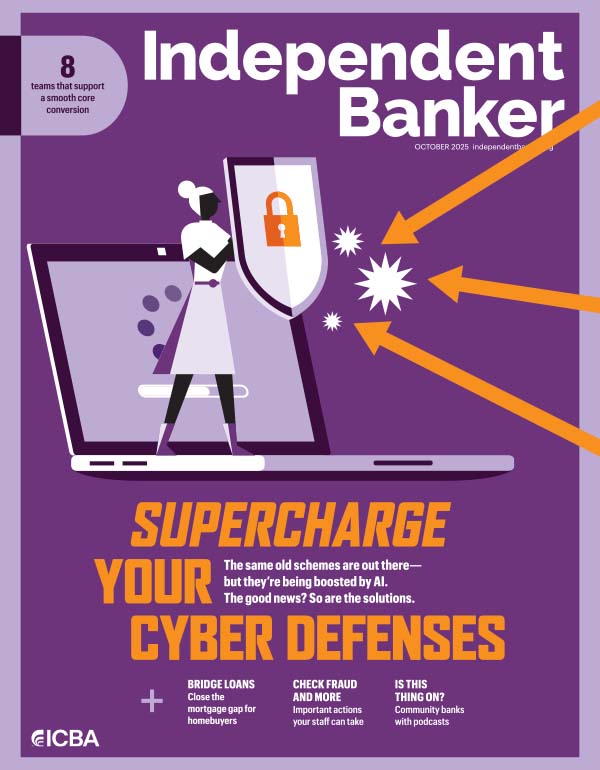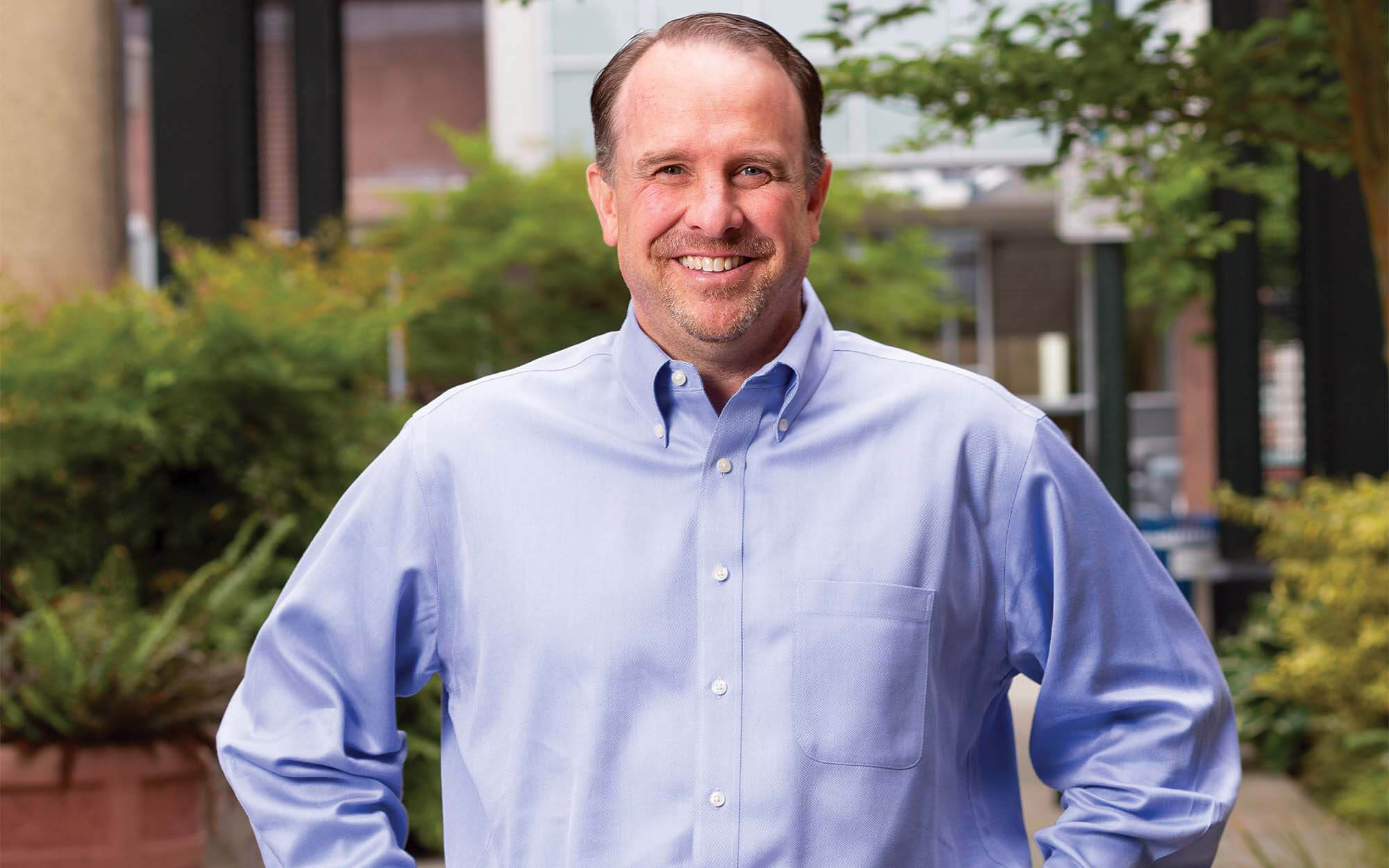Q: How has the COVID-19 pandemic affected your role within the organization?

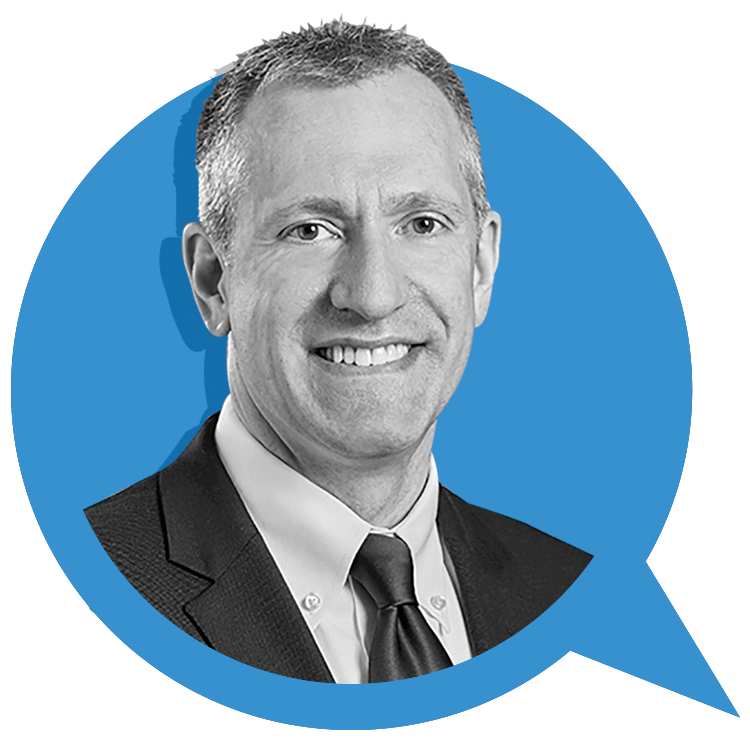
Steven Nutt: In my role as chief financial officer, the biggest impact of the loan modifications and lending associated with COVID-19 is around loan loss provisions and the model we use to assess asset quality. There is a lot of uncertainty around this due to the nature of the economic downturn associated with COVID-19. Unlike the financial crisis in 2008–2009, the underlying economy is strong, so the question is what will be the real impact and how to model that around a health crisis instead of an economic crisis. As CFO, staying attuned to the economic news and factors have taken on increased importance.
Mark Oldenberg: My involvement with our credit committee has increased, and I am helping to monitor potential problem credits as it relates to our allowance and provision expense. I’m providing guidance for loan modifications and potential impacts to troubled debt restructurings and credit metrics for the bank as a whole.
Emily Hofer: As our lenders have been chugging away on producing PPP loans, I have been spending several hours each week on conference calls and webinars, and have been reading materials primarily focusing on the PPP and its related—and constant—changes. I have been developing checklists and templates for our lending and operations staff.
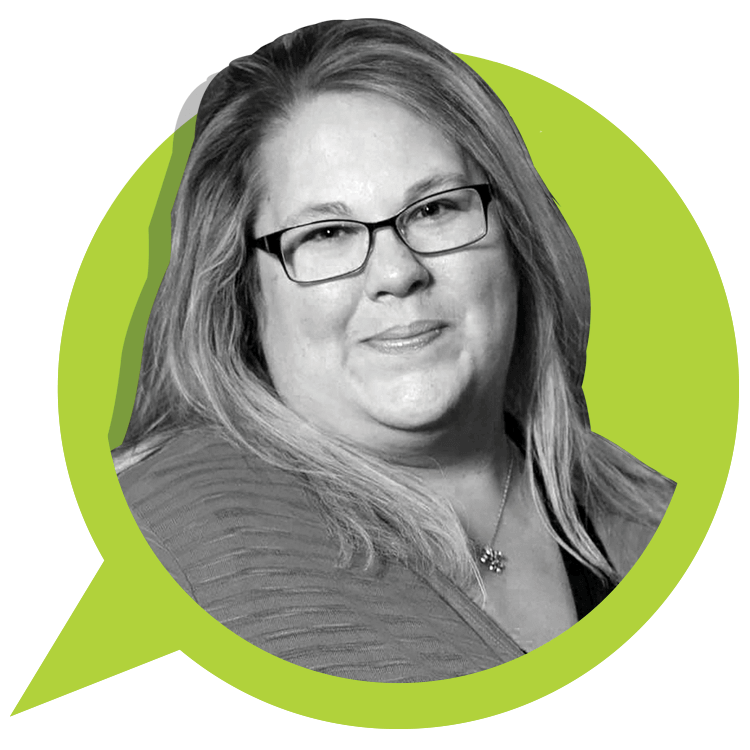
Q: Speaking of the PPP, how has it affected your role?
Nutt: In several ways, actually. The largest impact was on funding and liquidity management. Liquidity management became a daily monitoring concern, and forecasting sources and uses of funds was something that I keep management and board up to date on. Also, as CFO, I have presented to our board different scenarios based on how much we are willing to do. We voted on limits even though it is a government-backed program, because we felt a need to monitor the risk exposure and match that to our risk appetite.
Oldenberg: I have been involved in monitoring the guidelines for PPP and the many changes along the way. I am involved with finding and vetting a third-party solution for PPP forgiveness and the impact to our balance sheet and income based on change guidelines. We have also established ourselves as a potential borrower from the discount window using the PPP loans as collateral.
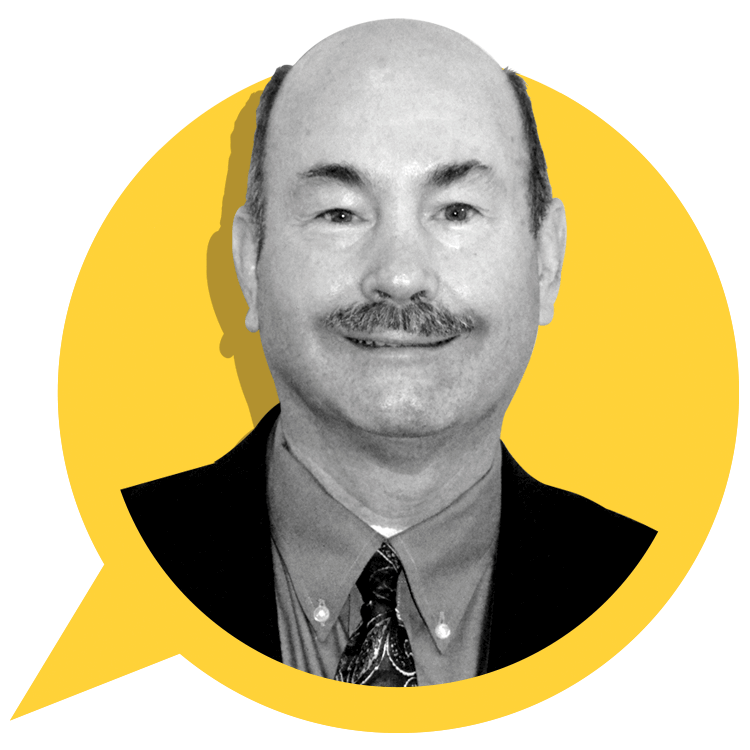
Haynes Standard: In my case, my role hasn’t been affected other than the impact on net income and liquidity. That’s because at our bank, the lending team and loan staff took on this program.
Q: What impact has the PPP had on your bank more generally?
Nutt: It’s an interesting program that has really thrown 2020 budgets out the window. We did close to $80 million in the program loans, which was 15% of our loan portfolio pre-PPP. This obviously ballooned our balance sheet as our asset size increased. This negatively affects a lot of asset-based ratios, so I have tried to report to our board with and without the program. It also has our loan yield down considerably, causing a negative drag on our net interest margin. The benefit is the associated fees, which we hope will help us offset future credit losses associated with COVID-19, loan modifications and customers hardest hit by the economic lockdowns.
Oldenberg: The amount of loans we have provided has increased our assets by approximately 10% and required a significant amount of time from our loan department, which has diverted their time from other lending functions. To date, we have recognized a significant receivable and started to recognize income, through deferred expenses as part of our ASC 310-20 accounting.
Standard: For us, the biggest impact so far has been on liquidity. We used a FHLB [Federal Home Loan Bank] advance for six months to fund 75% of the PPP loans extended by the bank. The next primary impact will be how quickly and smoothly the forgiveness process works and to what extent our borrowers must provide documentation.
“I think the major impact [of the PPP], besides a tremendous number of overtime hours, has been that our customers are seeing the true value of their relationship with a community bank.”—Emily Hofer, Merchants State Bank

Q: What else has PPP meant for the bank?
Joye Hunt: I have a different perspective on this, because we are a small rural, agriculture-based community bank in central Kentucky. Less than a handful of customers inquired about the PPP. Due to our small size and the uncertainty of the PPP, the decision was made to help those customers obtain PPP loans from a larger regional bank, and that worked well for everyone. PPP has had very little effect on our bank.
Denise Rautzhan: We opted to work with a third-party vendor, Kabbage, Inc., to handle the PPP loan applications, processing and funding, since our bank was not an SBA-approved [Small Business Administration] lender at the time. Doing this in-house would have placed a heavy operational burden on the lending and loan operation staffs, who were already stretched thinly from the effects of the high volumes of deferred loan payments and loan modifications.
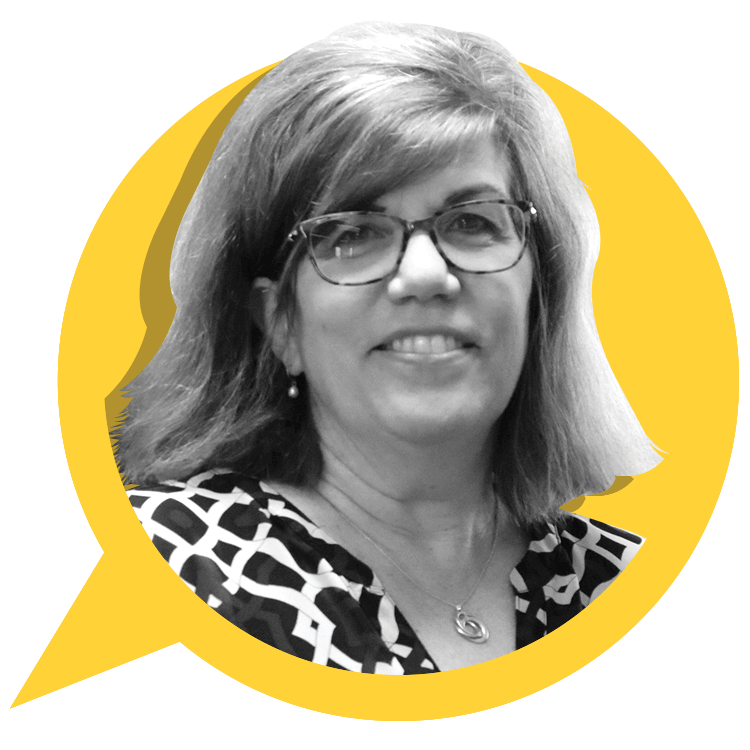
Steven Zeman: For us, it has created many extra hours in training, webinars and consulting in order to roll out the program properly. We continue to spend a tremendous amount of time understanding the changes as PPP is still being developed. We have had to set aside some projects to accommodate this.
Hofer: I think the major impact, besides a tremendous number of overtime hours, has been that our customers are seeing the true value of their relationship with a community bank. We originated many PPP loans for customers, many of whom only had a deposit relationship with us or were noncustomers. The PPP has enhanced our reputation in the communities that we serve. That will hopefully continue to serve us well in the future.

Brett Mills: We’ve also had the opportunity to help new customers, about 200 of them. Additionally, it has given us an opportunity to work as a team during a very challenging time, with limited lobby access, and support our local communities.
Q: What role has the PPP played in your bank’s deposit gathering activities?
Mills: We required our PPP customers to use a new deposit control account to monitor funds usage. This allowed us to open new accounts and keep money on balance sheet as payroll and expenses are paid over time. The impact is balance sheet growth.

Nutt: In addition to an increase in deposits, there seems to be a move to safety in a time of crisis. We also believe being an active PPP lender in all our communities have increased exposure and certainly increased our deposit account number. Since the PPP program began, we have opened around 1,000 deposit accounts, which would typically represent about six months of account openings. Some of that was just for current customers to account for the PPP funds separately, but since it became known in our communities that we could get the PPP loans processed timely compared to large banks, we saw an increased number of new customers. Hopefully this is where we will see the long-term benefit of the program, as community banks really stepped up and supported those in need, and I think communities noticed that “shop local” includes “bank local.”
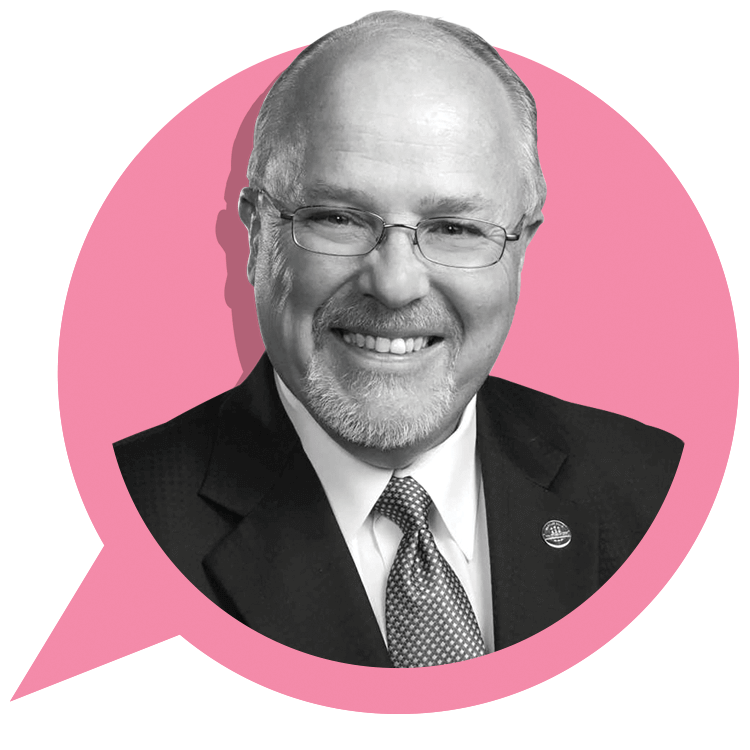
Jon Drake: We’re also seeing this. For us, deposit growth year-over-year is up 17%. Some of this is PPP loan fees that are in checking accounts waiting to be spent according to guidelines. Still, other deposits have come through larger banks not being able to or just downright refusing to look at PPP requests. Several new relationships have been developed with prospects who are leaving those institutions, many after multiyear relationships.
Q: Most community banks’ funding sources have been heavily affected by recent economic stimulus that could result in a return to more traditional, albeit higher, rate levels. How do you think this will affect the CFO role?
Rautzhan: As this continues to play out, the CFO role will be affected in many ways as we manage banks’ funding needs during these unprecedented times. We’ll need to have heightened awareness of external outside factors that might reveal new trends [and] changing risk factors, and maybe even [look] for opportunities to manage liquidity.
“We’ll need to have heightened awareness of external outside factors that might reveal new trends [and] changing risk factors, and maybe even [look] for opportunities to manage liquidity.”—Denise Rautzhan, Bank of Bird-in-Hand
Hofer: I agree. I think the CFO role will continue to be one of keeping your head down and managing that internal rate of return that is inherent in our portfolios. On the bright side, we have never had as many tools in our toolbox as we do right now with all of the new programs available to us.
Oldenberg: I think interest rate risk from declining rates is a real concern and only second to credit risk currently. But long term, I think shrinking margins are the biggest concern for community banks. The CFO, through ALCO [asset-liability committee], will need to monitor and guide the lending function through pricing concerns. In the long term, I think banks will be forced to increase the size of their balance sheets to maintain earnings with lower rates, which will require good credit decisions for loans and investments and require more use of wholesale funding with strong internal rate of return management.
Drake: CFOs definitely have to think down the road and around the corner. You have to be aware of where money is coming from, where it is going and the timing of both inflows and outflows. Economic conditions are largely unknown, and their impact on borrowers and banks is yet to be seen. CFOs need to evaluate not only their sources of liquidity but also their cost in light of ever-tightening margins. CFOs will be challenged to put returning liquidity to work in a “lower for longer” interest rate environment.
“I think a CFO needs to plan conservatively for reduced returns and hope that you can outperform them in time and when conditions are better known.”—Jon Drake, Peoples Bank
Q: Do you feel the budgeting or planning process has or will change due to ongoing uncertainty in the economy, or more generally?
Mills: For sure. We are projecting asset-quality deterioration, margin compression, reduced-fee income and pressure to further reduce expenses, including personnel and technology costs.
Zeman: Projecting rates and deposit levels will be harder than ever, as we are so unsure of how COVID-19 will affect our businesses and families. Budgeting will continue to be very difficult for every department of the bank, as we have not seen anything like this in the past. We will increase our reserve for loan-loss in order to prepare for what might come.
Nutt: In the past, we typically stuck to a budget even if situations changed, and there is some value in that, but this time the multitude of factors have driven the board and management to be more open about reforecasting and modeling scenarios. Budgeting for 2021 is likely to be more difficult, so management teams will need to be more agile and flexible around scenario modeling. This is actually a benefit, as it keeps the focus on truly measuring performance in a beneficial manner instead of setting and sticking to a budget from the prior October.
Drake: I am concerned with 2021 and beyond with the prospects of lower rates, tightening margins and unknown economic and credit conditions. I think a CFO needs to plan conservatively for reduced returns and hope that you can outperform them in time and when conditions are better known. We are already working on 2021 forecasts that incorporate this, but I also think CFOs need to be carrying that forecast to the next three or even five years. It could be an interesting picture if this is a longer term situation.
How the ICBA CFO Forum went virtual
Navigating the financial challenges brought on by the COVID-19 pandemic are new for many community bank chief financial officers, but the hurdles they faced before haven’t disappeared. That’s where the ICBA CFO Forum, held virtually on Aug. 17–18, comes in.
The annual seminar is designed to equip CFOs with knowledge to bring back to their community banks, including the latest industry insights in emerging tax and accounting strategies, current expected credit losses (CECL) implementation, deposit funding sources, risk management, cybersecurity and more.
New to this year’s seminar was the “Planning During a Pandemic” session, as well as other topics that have been tailored to address the impact of COVID-19. For example, the “Income Tax Update” seminar held discussions on the opportunities and setbacks for community banks due to the pandemic, covering the Families First Coronavirus Response (FFCR) and Coronavirus Aid, Relief, and Economic Security (CARES) acts.
Other highlights of the forum included the CFO Peer Exchange, which was an opportunity for CFOs to engage with peers from financial institutions similar in asset size to their own and discuss a variety of topics, ask questions and share solutions.
Visit icba.org/education to learn more about Community Banker University and other ICBA education opportunities.

